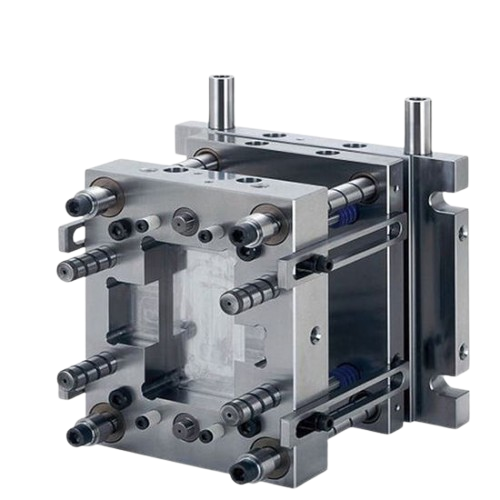Plastics Injection Molding Industry Embraces Technological Innovation
2025-06-17

In the rapidly evolving world of manufacturing, the plastics injection molding industry has emerged as a pivotal player, driving advancements across automotive, electronics, healthcare, and packaging sectors. As of 2025, the industry is witnessing transformative shifts in technology, sustainability practices, and global market dynamics, positioning itself for resilient growth in the years to come.1. Technological Advancements Propel Efficiency and Precision
The integration of Internet of Things (IoT) and artificial intelligence (AI) has revolutionized injection molding processes. Smart molding systems now offer real-time monitoring of machine performance, predictive maintenance, and data-driven process optimization. For instance, sensors embedded in molds track temperature fluctuations and cavity pressure, allowing operators to remotely adjust settings via cloud platforms. This not only enhances product consistency but also reduces material waste by up to 20%, according to industry reports.Moreover, advancements in microcellular injection molding (MIM) are reshaping lightweight component production. By injecting supercritical fluids like CO₂ or N₂ into molten plastic, manufacturers can create microfoamed structures with superior mechanical properties while reducing material costs. Automotive giants like Tesla and Volkswagen are adopting MIM for electric vehicle parts, boosting demand for high-strength, lightweight polymers.2. Sustainability Gains Momentum: Green Materials and Circular Economy
Amid global environmental concerns, the industry is pivoting toward sustainable solutions. Biodegradable polymers derived from renewable sources (e.g., polylactic acid from corn starch) are gaining traction in disposable packaging and medical devices. China’s "Double Carbon" strategy has incentivized domestic players to develop eco-friendly materials, with over 30% of major molding enterprises now incorporating recycled plastics into their portfolios.Recycling technologies are also advancing. Chemical recycling processes, which break down plastic waste into raw monomers, are being scaled up by companies like Sinochem and BASF. In Europe, the EU’s Circular Economy Action Plan has spurred investment in closed-loop systems, where molding scrap is directly reprocessed into new pellets, minimizing landfill waste.3. Market Expansion Fuels Global Competition
The global injection molding market, valued at US45billionin2024,isprojectedtosurpassUS45 billion in 2024, is projected to surpass US45billionin2024,isprojectedtosurpassUS58 billion by 2028, driven by emerging economies’ infrastructure development and consumer electronics demand. Asia-Pacific remains the largest segment, with China leading in production capacity. However, regional shifts are evident: Southeast Asian nations like Vietnam and Thailand are attracting foreign investments due to lower labor costs and favorable trade policies.Notably, collaboration between OEMs and molders is deepening. Original equipment manufacturers increasingly outsource complex molding solutions, enabling faster product iterations. For example, Apple’s partnership with Chinese molding specialist MoldMaster has streamlined production of its iPhone components, reducing lead times by 40%.4. Challenges and Future Outlook
While growth prospects are robust, challenges persist. Rising raw material prices, particularly for engineering plastics, pose supply chain risks. Additionally, skill gaps in advanced molding technologies threaten operational efficiency. To address these issues, governments and industry associations are collaborating on workforce training programs. In Germany, the "Plastics 4.0" initiative combines vocational education with digital simulation tools to prepare technicians for IoT-integrated systems.Looking ahead, the industry’s trajectory hinges on balancing innovation with sustainability. Hybrid molding techniques (combining 3D printing and injection molding) and solar-powered molding machines are emerging prototypes, hinting at a more energy-efficient future. As consumer preferences shift toward eco-responsible products, molders that embrace green technologies and digitalization will likely dominate the market.In conclusion, the injection molding industry’s embrace of smart technologies, sustainable materials, and global collaborations marks a transformative chapter. As it evolves, this sector will continue to shape modern manufacturing, bridging efficiency, environmental stewardship, and economic growth.




